
Processing High- and Low-Quality Semen in Horses (AAEP 2011)
Using cooled-shipped semen to breed mares is a common practice, but not all spermatozoa tolerate cooling well.

Using cooled-shipped semen to breed mares is a common practice, but not all spermatozoa tolerate cooling well.

Treatment of mares with oral gallium nitrate significantly reduced fecal concentrations of virulent R. equi but had no detectable impact on airborne concentrations, one researcher concluded.

Treatment of mares with oral gallium nitrate significantly reduced fecal concentrations of virulent R. equi.

Fluphenazine, a human antipsychotic drug, has drawbacks that often preclude its use in horses.

Delayed wound closure involves suturing wounds four to five days after injury.
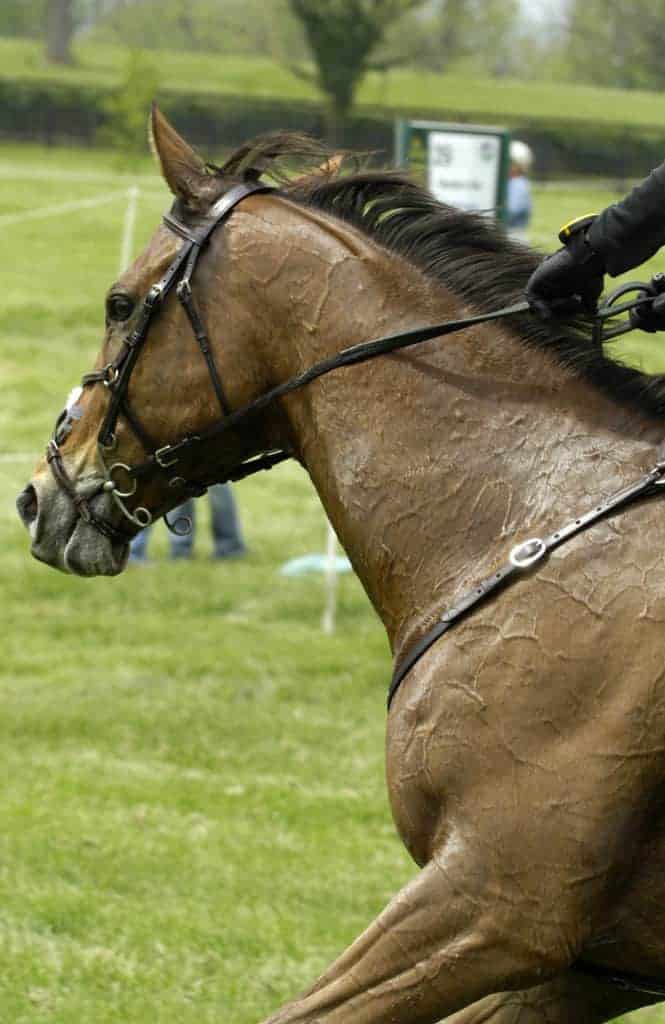
Researchers recently assessed the feasibility of functional electrical stimulation in roarers.
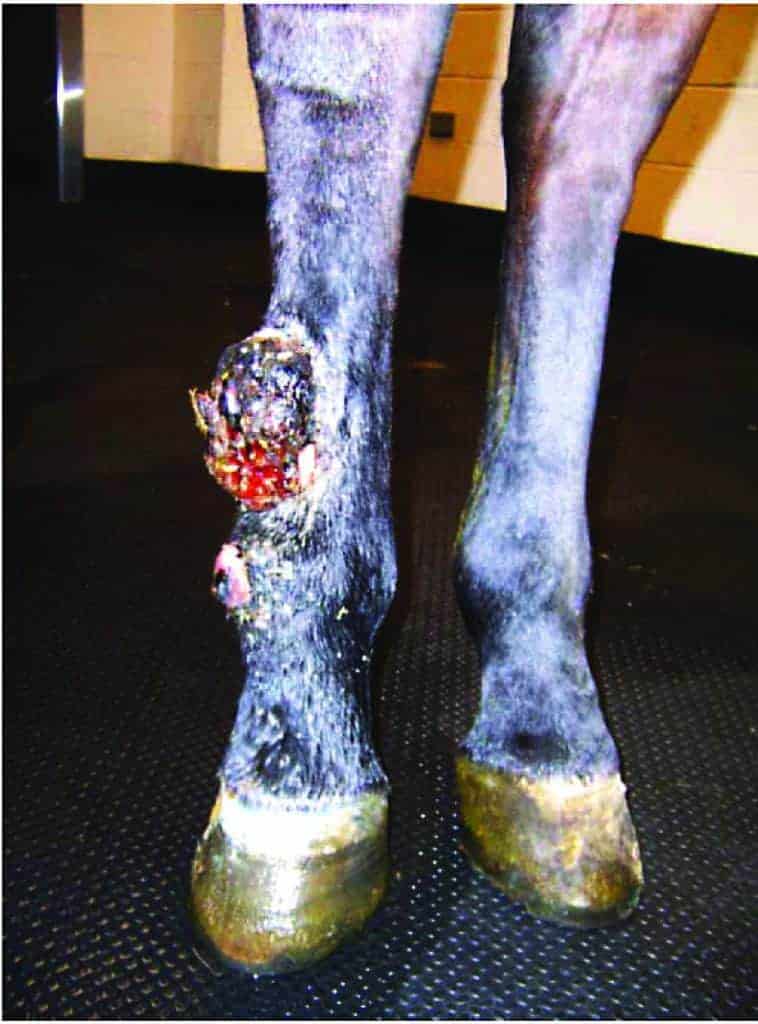
Equine wounds need to be managed carefully to prevent the development of exuberant granulation tissue.
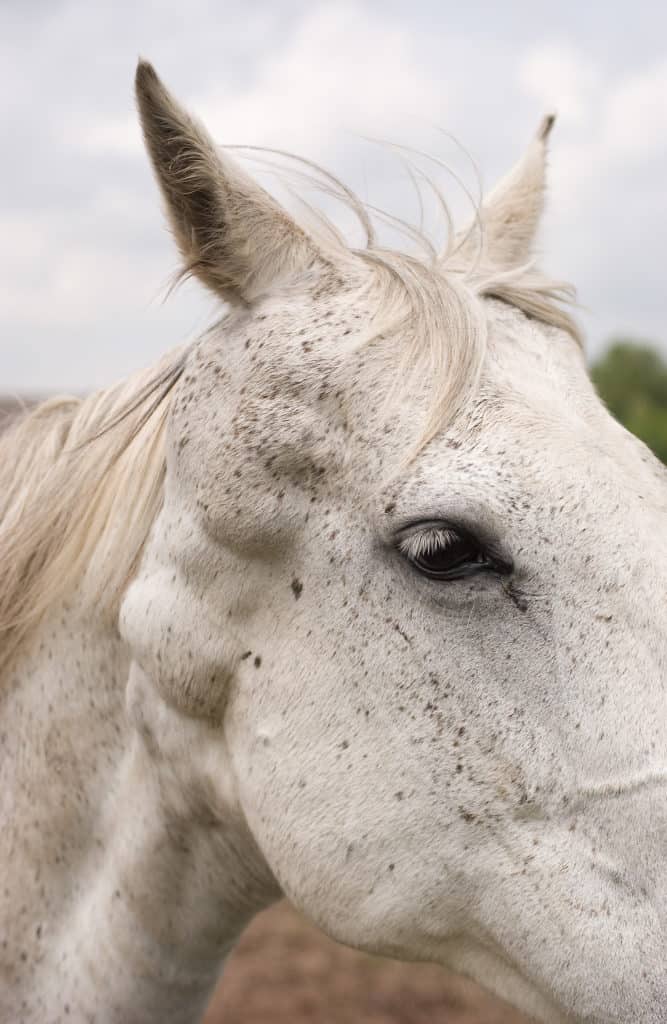
Researchers are testing a ‘cancer vaccine’ to determine if it might be a viable equine treatment option.

A horse in respiratory distress or displaying other signs of airway ailments warrants a call to a veterinarian

Studies in human medicine are yielding promising results to support aucpuncture use in equine reproduction.
Researchers find large intestinal thickening could indicate multiple diseases in addition to colic.
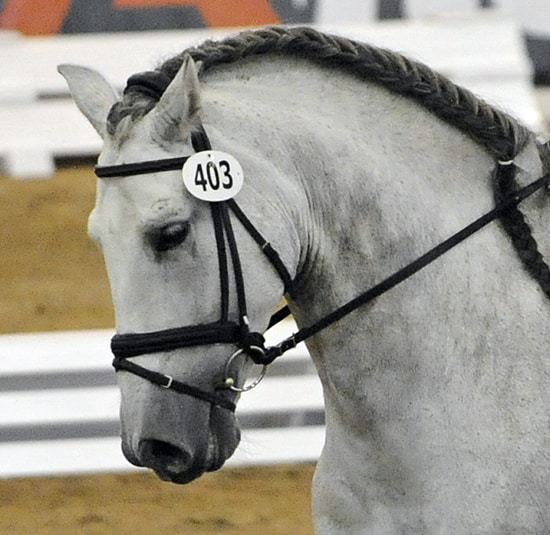
Vets examined upper airway obstruction in horses being ridden and when displaying “normal” head carriage.

The new test correlated well with the conventional insulin-sensitivity test and it was repeatable.

An equine surgeon described an improved casting technique to reduce cast complications.

Researchers recently examined whether diagnostic anesthesia could skew the results of equine foot MRIs.
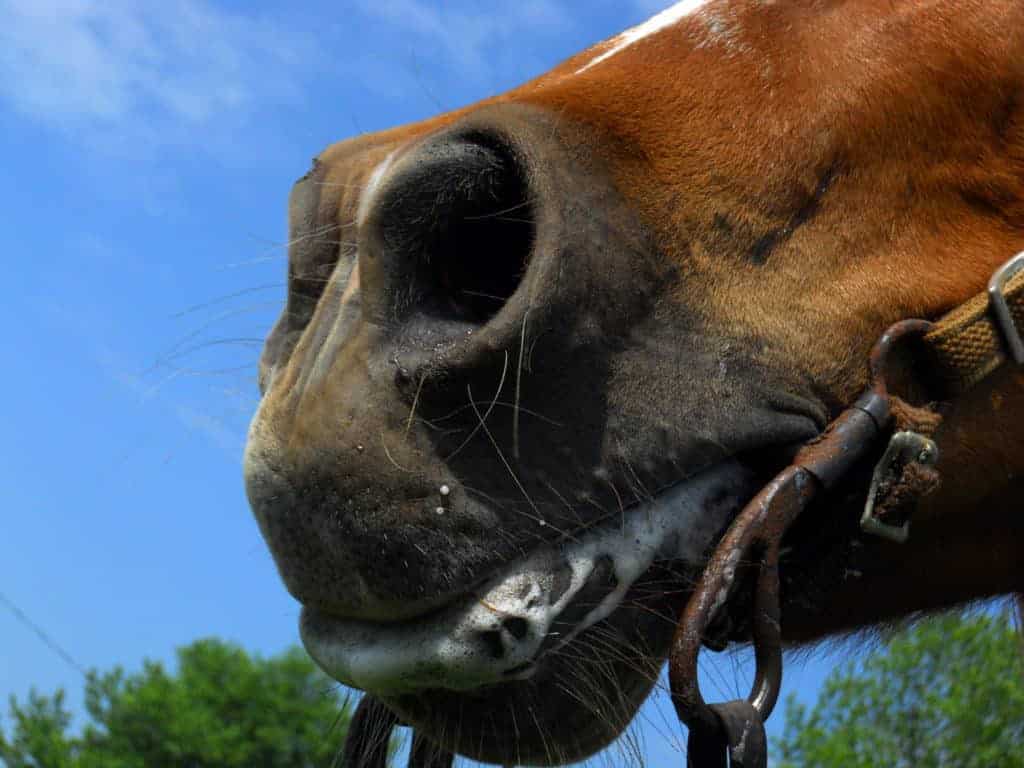
Inflammatory airway disease is a top cause of decreased performance and affects up to 50% of equine athletes.
Stay on top of the most recent Horse Health news with
"*" indicates required fields